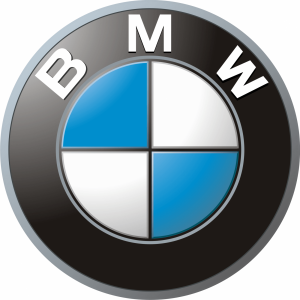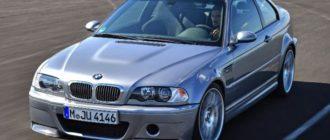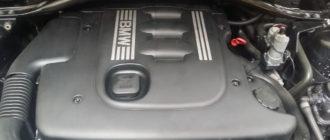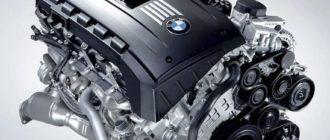Cars manufactured by BMW are considered prestigious, and many people aspire to own such a vehicle. However, dreams do not always align with reality. What should those who can only afford a Lada but desire to drive a decent car that they are not ashamed of do? In this case, attention can be turned to the BMW 3 Series with the E30 body.
This model was produced from 1982 to 1993. In Russia, this body model acquired the name transitional. And to this day, it remains unclear why this name haunts the E30, as this car is a fairly independent model that was produced for over a decade. Currently, on the market of used cars, many BMW third series of the second generation are being sold. However, most of these cars have been in use for a long time.
The cost of such a car is determined more by its technical condition than by mileage or age.
Here is where problems can arise because the BMW 3 Series is often purchased by young men who love the BMW brand but simply do not have the money to buy a new car. Usually, such buyers do not take good care of the car and push the BMW third series to its limits.
However, vehicles made during those times do not have the same safety system as modern ones. Therefore, it often happens that some drivers, considering themselves experienced, get into accidents. Even a BMW made over twenty years ago should be treated with caution.
Body Types of BMW 3 Series Cars
The BMW E30 has many modifications and a diverse selection of body types. A sedan with two doors was the very first car they began producing, and slightly later, they started producing sedans with four doors, which are more common today.
Later on, they began producing station wagons and convertibles. The station wagon is the most practical car because it can transport a large amount of cargo. At that time, the maximum cargo capacity of the sedan was 425 liters, and the rear seat could not be folded.
Additionally, loading items into the sedan is not convenient. There are other interesting versions of the third series car in this generation. The first is the BMW 325iX, which is considered a parody of the BMW X5 and X3. It is believed that since the introduction of this model, BMW owes something to Audi, which began actively working in the 1980s and introducing all-wheel-drive vehicles to people.
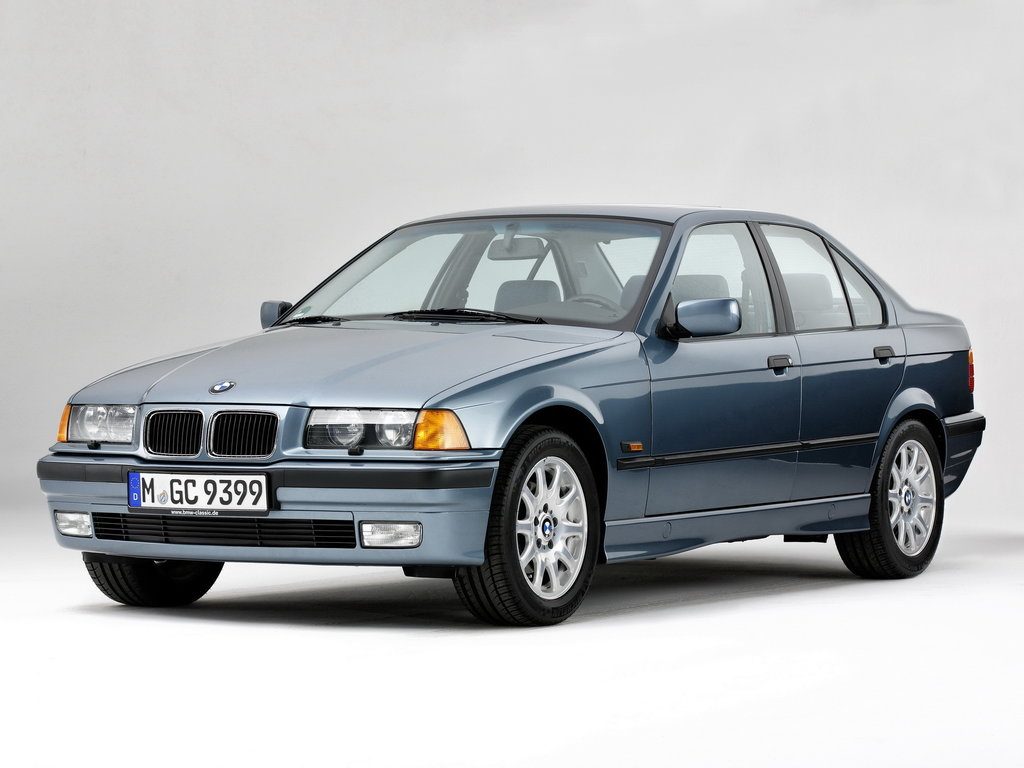
The feature of this brand is that the car itself is all-wheel drive but feels like rear-wheel drive on the road. This happens because most of the power is transferred to the rear wheels rather than the front wheels during driving. However, finding a BMW 350iX in the secondary markets is quite difficult because from the very beginning, this car was quite expensive, and not many could afford such a model.
Based on the E30, BMW began producing new cars, which were named M3. This car has a four-cylinder engine with a displacement of 2.3 liters. The power ranges from 195 to 238 horsepower. Usually, you can find cars with a motor power of 215 horsepower.
The units that output 220 and 238 horsepower were made for homologating the car to participate in races. Because of this, it is quite difficult to come across such a car in the market. However, it is worth mentioning that no more than eighteen thousand of this car were produced. And those with M3 badges are nothing more than imitations of the real car.
The BMW M3 based on the E30 had a 2.3-liter engine under the hood. All the claims made by sellers about it being a genuine M3 are nonsense, and it is better to steer clear of such deception from the start. But even if you find a BMW M3 on the market, and in good condition, it is a very dubious and unnecessary investment of money. Purchasing this car is only worthwhile if you own a couple of other cars in your garage and are buying for a collection or simply for enjoyment.
If you are buying this car with your last bit of money, then you shouldn't do it. The thing is, using such a car will incur significant expenses.
In reality, the bodies of BMW 3 Series cars are well protected from corrosion. However, if the cars have celebrated their 15 or 20 years, this cannot be stated with certainty. After all, no one can predict the condition of the metal and how it will behave in the future. According to BMW car repair experts, buying a whole E30 is very difficult, if not impossible.
The most important thing is to know the current condition of the car. When inspecting the car and noticing a rusty exhaust pipe, there is no need to be surprised. Those who own a BMW third series know that this part needs to be replaced every three to four years.
The weakest point in the E30 body is the support for the rear shock absorbers. To check this, you need to pry off the trim in the trunk. Do not hesitate to do this. Often, the rear arch starts to rot, which is located on the right side. This happens because there is a shield that covers the neck pipe of the fuel tank. It collects all the water and dirt. Also, do not forget to inspect the support cups on the front suspension.
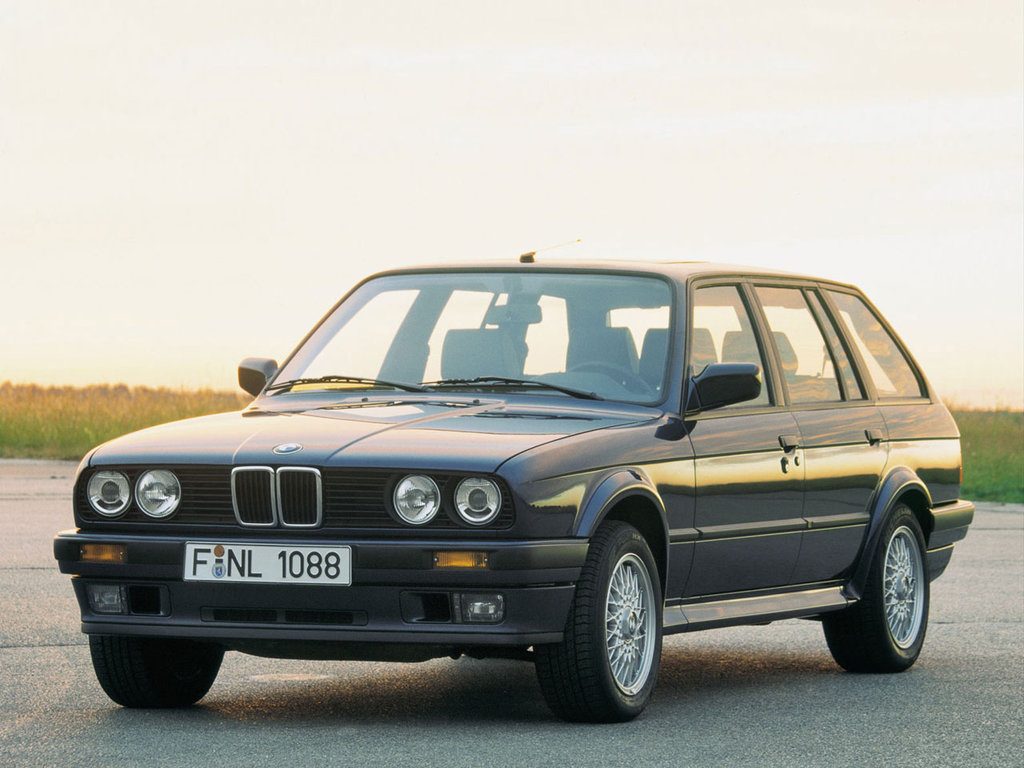
If there are cracks all around and signs of corrosion and welding, then it is better to refrain from such a purchase. Another weak point of the third series is the frame on the windshield. If there is a clear film on the top left corner of the windshield, then that is actually good.
This indicates that the windshield was installed at the factory, meaning the car has not been in an accident. If there are many cracks on the windshield, then replacing it will cost you close to a hundred dollars. And of course, it is necessary to inspect other areas as there is a risk of corrosion appearing.
Interior of BMW 3 Series
The interior is not as good as it used to be. In the early 1980s, this interior was considered almost perfect in terms of ergonomics. The biggest drawback is the very limited space for passengers sitting in the rear seats. They will simply feel uncomfortable there. But there is nothing that can be done about it.
The old third version was originally designed for drivers. This is why they first produced sedans with two doors. If the previous owners took good care of the car, then the interior should be in good condition. However, you can often come across dented or torn seats.
But this issue can easily be rectified at any workshop or you can simply buy new seats. Seats for this car model are very common.
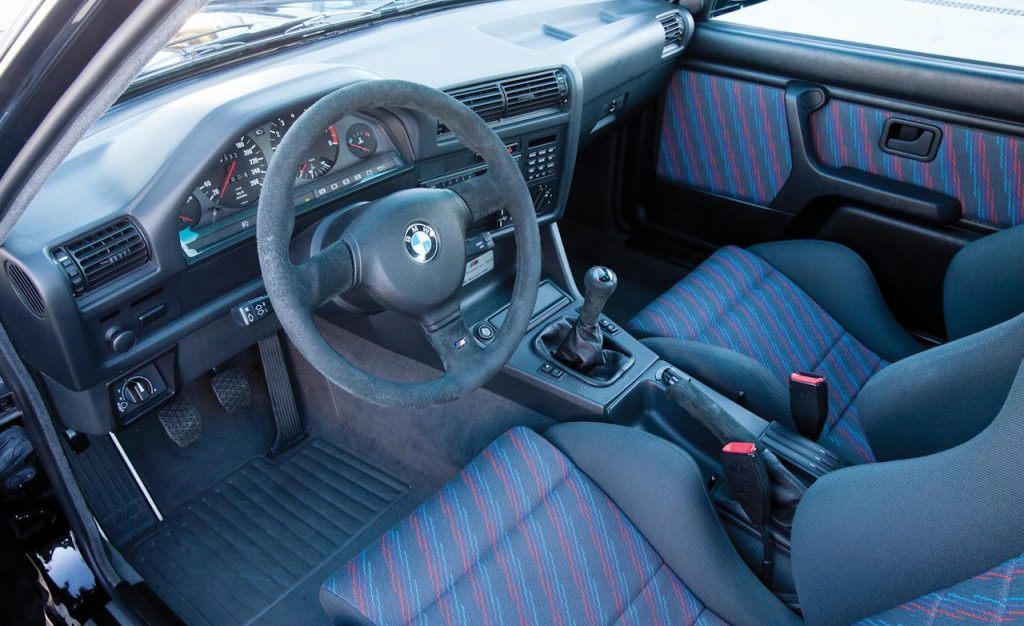
Most cars were even manufactured without the necessary electrical package, and the front windows had to be manually opened. If you wish to feel like the owner of a foreign car, then it is best to look for a car with the SE configuration. These were produced at the end of 1986.
These cars had power steering, electric windows, alloy wheels, a roof with an electrically operated sunroof, and ABS. Starting from 1987, power steering was already present in almost every car.
The ABS system is very necessary for the rear-wheel-drive third series because even an experienced driver may struggle with control and get into an accident. Unfortunately, in the cars that are in use, this system does not always work.
Let's talk a bit about power steering. In old third series cars, it usually leaks. In reality, such a situation is not serious. To resolve it, you need to purchase a repair kit with gaskets. However, if there is power steering and the steering wheel is difficult to turn, and there is a play in the steering rack, such a repair will cost a lot of money.
It is very difficult to find the necessary rack along with power steering. And practically, it is almost impossible to repair it. You can purchase a new rack for a thousand dollars. However, if you buy the rack without power steering, the purchase will be around 400 dollars.
When buying an old third series car, you need to pay attention to the condition of the wiring located under the steering column. If all the wires are sticking out in different directions and mixed together, then at the first frost, you will wonder why a particular lamp is not working.
The BMW third series on the instrument panel, which is intended for instruments, has a necessary indicator that needs regular maintenance. When buying the car, you will need to change the oil before the warning light comes on.
Engines of BMW 3 Series
Power units are the strongest point in almost all BMW cars, including the BMW third series E30. Some engines work better than others, and there are some that are simply indispensable. For example, the diesel engine with the six-cylinder series M21, with a displacement of 2.4 liters, delivers 86 horsepower. With a turbocharger, it reaches 115 horsepower. This engine must be installed in the car.
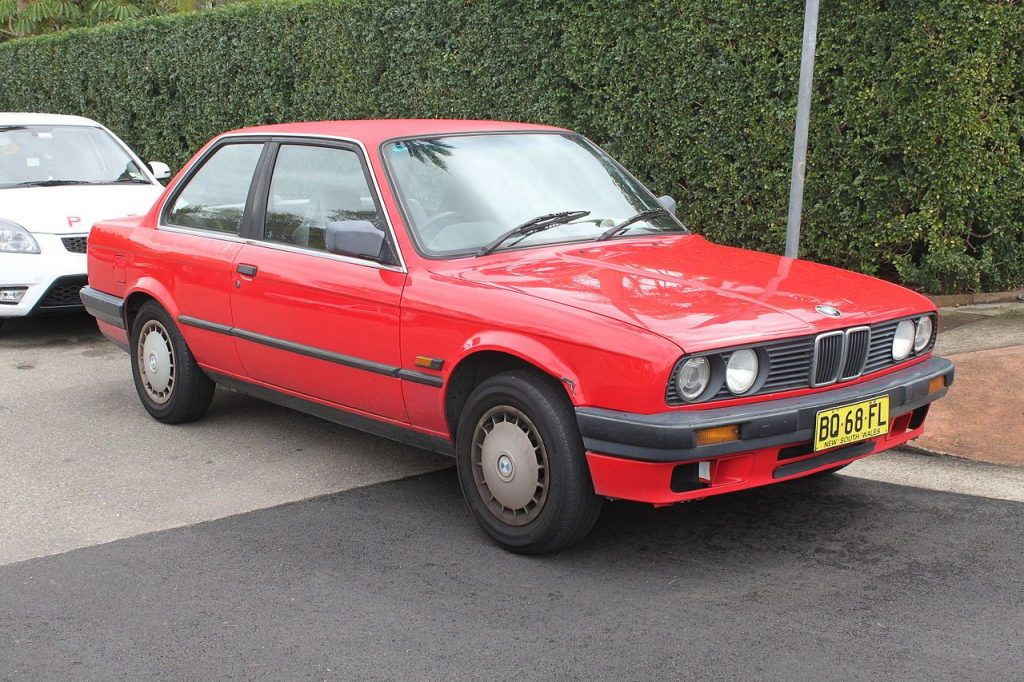
Many believe that the diesel engines installed in the car are not very reliable, and by now, they are in a terrible state. Cracked cylinder blocks are often found in such engines. Not everyone will be able or willing to repair BMW diesels, and moreover, it will be quite expensive. For example, buying a new block is not economically beneficial, and it is quite challenging to find used products.
Another not-so-good option for the BMW third series is a carburetor with four cylinders, a displacement of 1.8 liters, and a power of 90 horsepower. It is still part of the M10 series and was inherited from the first generation of the third series. This car was called the BMW 316, regardless of the engine size.
Carburetors in BMWs are quite complex electronic controls. In case problems arise during operation, repairing it will be extremely difficult. This is why the carburetor is replaced with a fuel injection system.
This replacement will cost around $500 to $600. But it is better to pay this amount than to constantly have issues with the car, struggle to drive, and experience engine failures. Besides, this car sometimes does not start in cold weather.
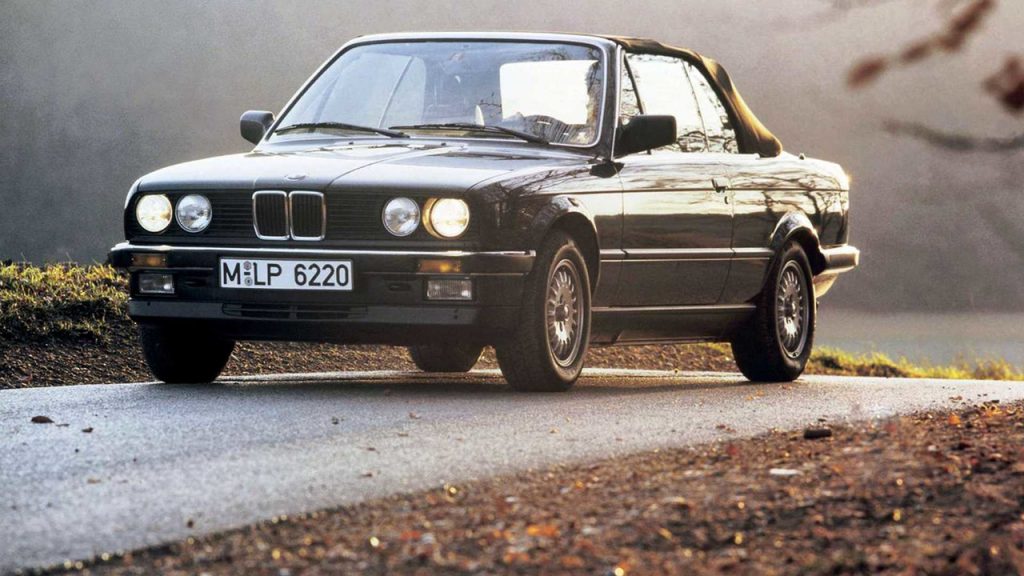
Aside from the M10 carburetors, there are various fuel injection systems. They have a displacement of 1.8 liters and a power of 105 horsepower. This car model is denoted by BMW 318i.
When choosing such a car, it is best to pay attention to L-Jetronic or Motronic. These models are considered the most reliable.
In 1987, instead of the M10 engine series with a displacement of 1.6 and 1.8 liters, 102 and 105 horsepower, a version of this power unit appeared, which has 16 valves and a power of 136 horsepower. This engine was only installed on sedans with two doors. The model number of this version is 318i. Speaking about this engine, it can be said that it turned out to be quite good, and it was even installed in the third generation of the BMW 3 series. The engine is equipped with a robust timing chain.
For the M40 series engines, a belt was installed, which needed to be changed every 50,000 kilometers; otherwise, the belt could break. There are situations where the belt breaks earlier than the specified period. The belt for the M40 engine costs about a hundred dollars and has three rollers.
Even the 16-valve engine is not perfect. Every 150,000 kilometers, the gasket in the engine needs to be replaced. If this is not done, the coolant that cools the car can simply leak. The gasket is inexpensive, but to replace it with a new one, the cylinder head blocks must be removed.
Gasoline Engines of BMW 3 Series
It is important to mention that gasoline engines are quite reliable and can last without replacement for 500,000 kilometers. Did you know that BMWs are driven by drivers who love speed?
Most problems in the BMW 3 series arise not from the engines but from various components that function within the power unit. Of course, to ensure the engine runs for a long time, you need to choose quality and tested fuel.
You should refill it every seven thousand kilometers. The maximum is ten thousand kilometers. And of course, regularly change the filters. The same recommendations apply for the smooth operation of the engines from the M20 series, which were installed on the BMW fifth series.
These engines had different displacements: 2 liters — power 125 and 129 horsepower, 2.3 liters — power 139 and